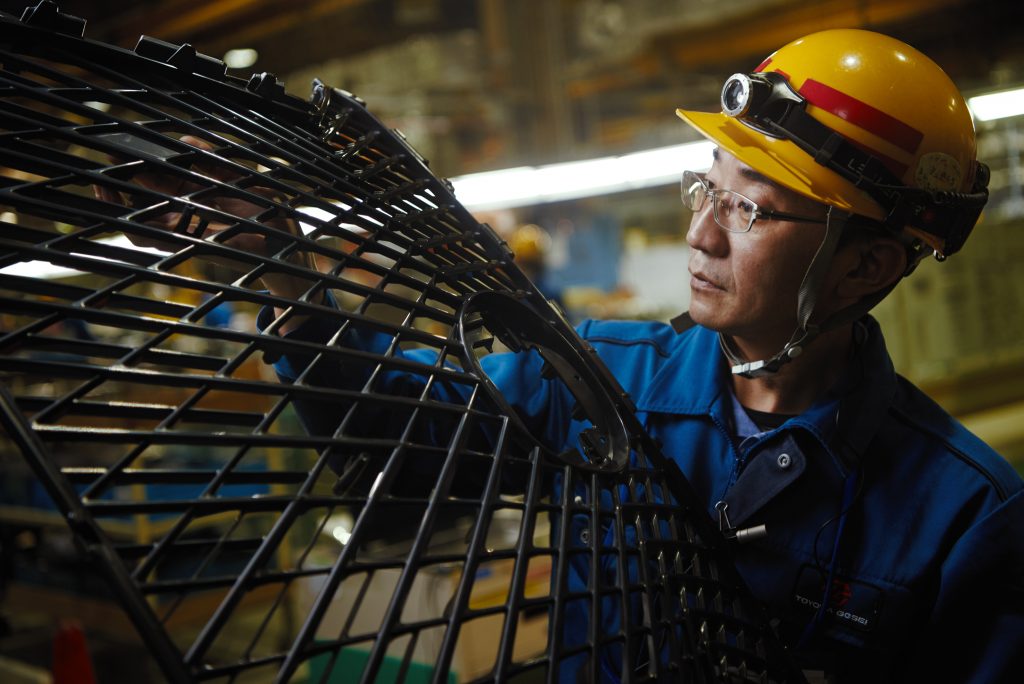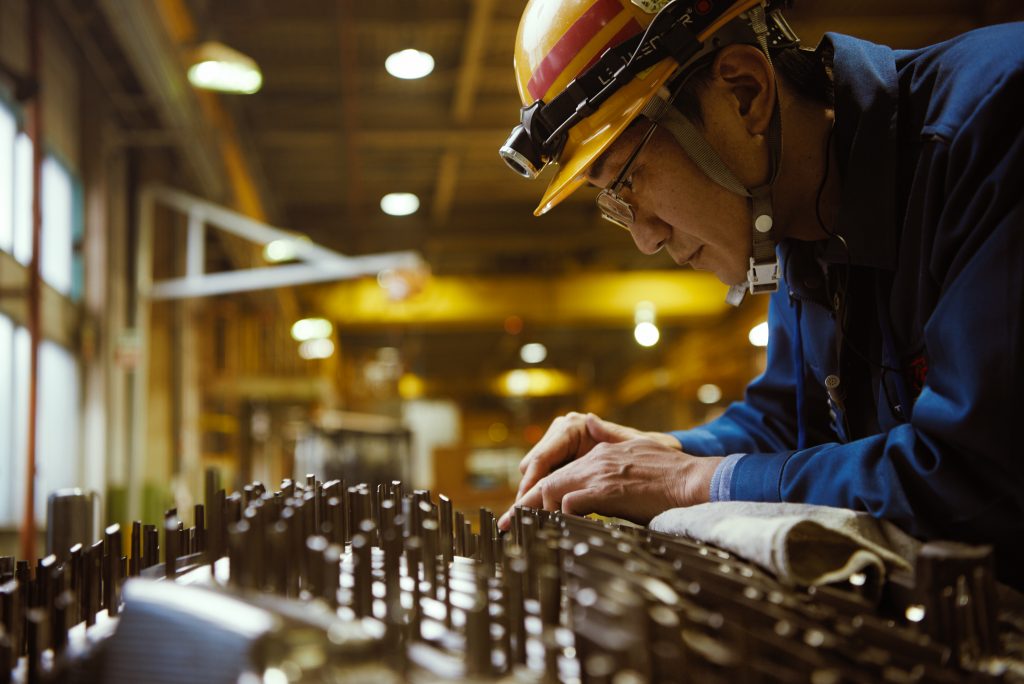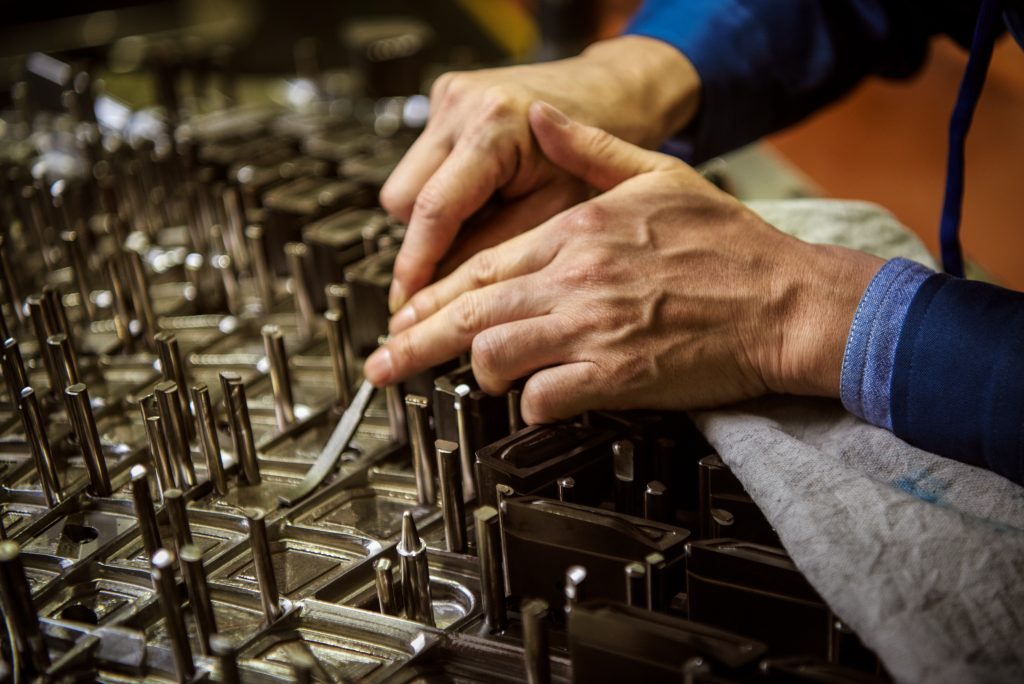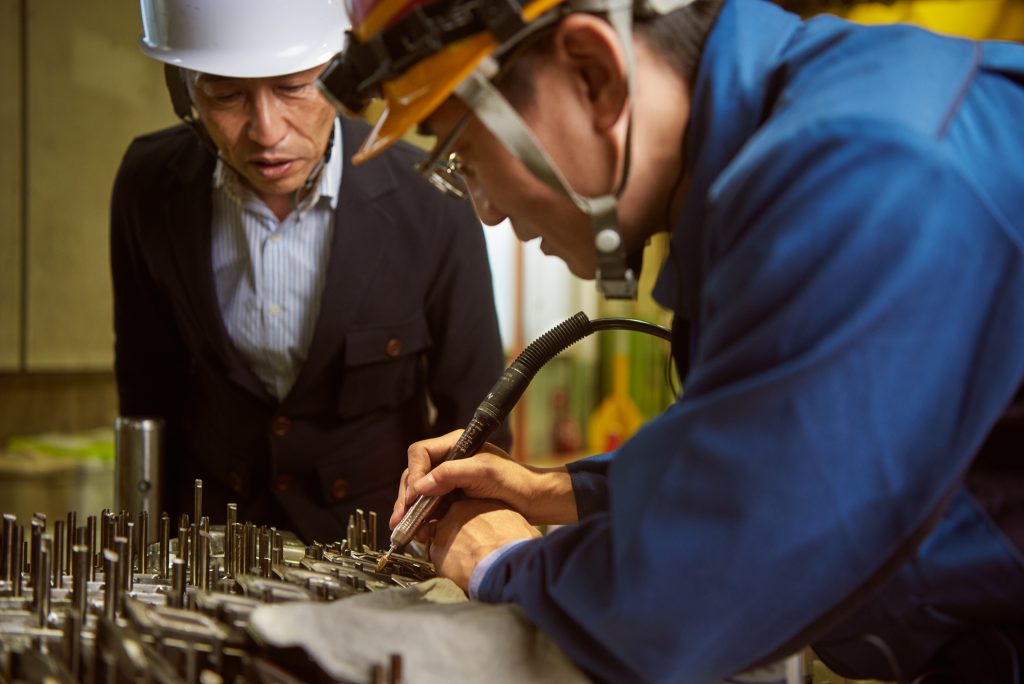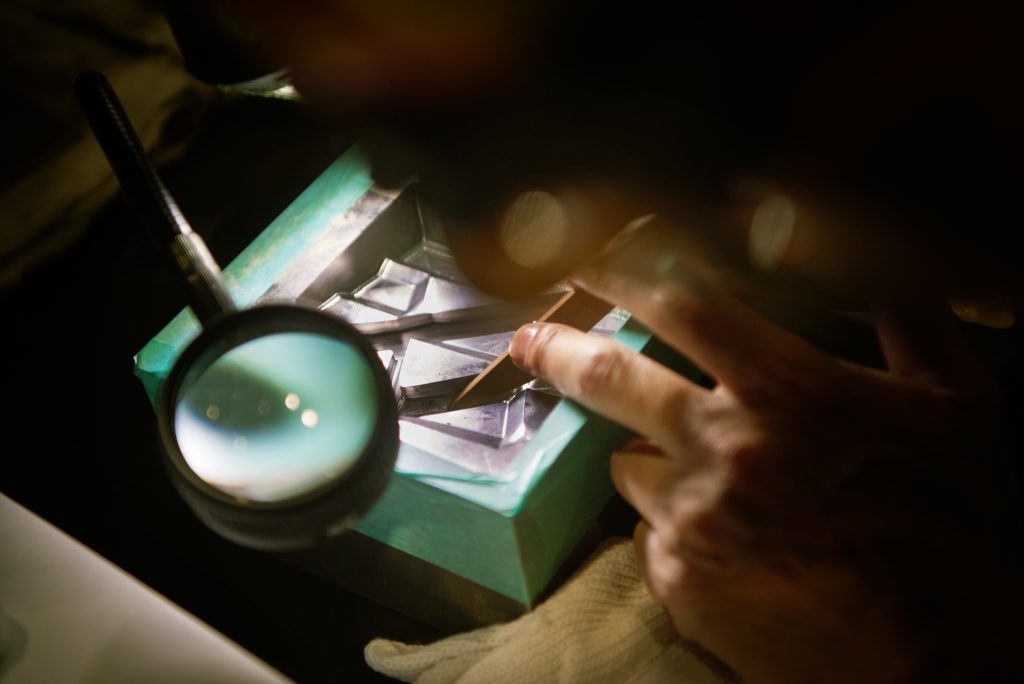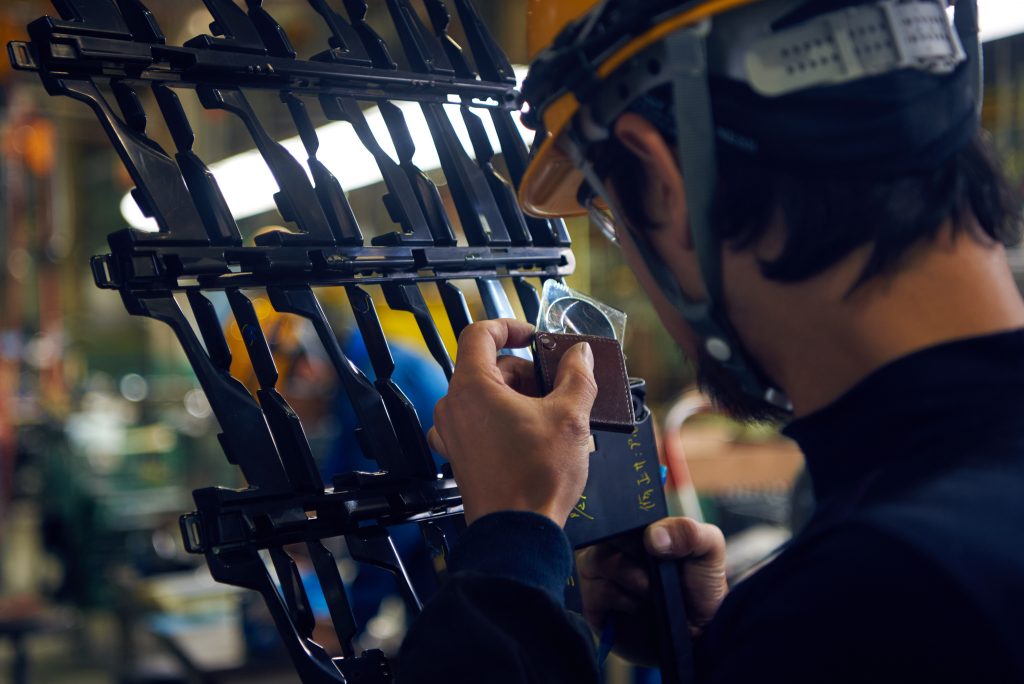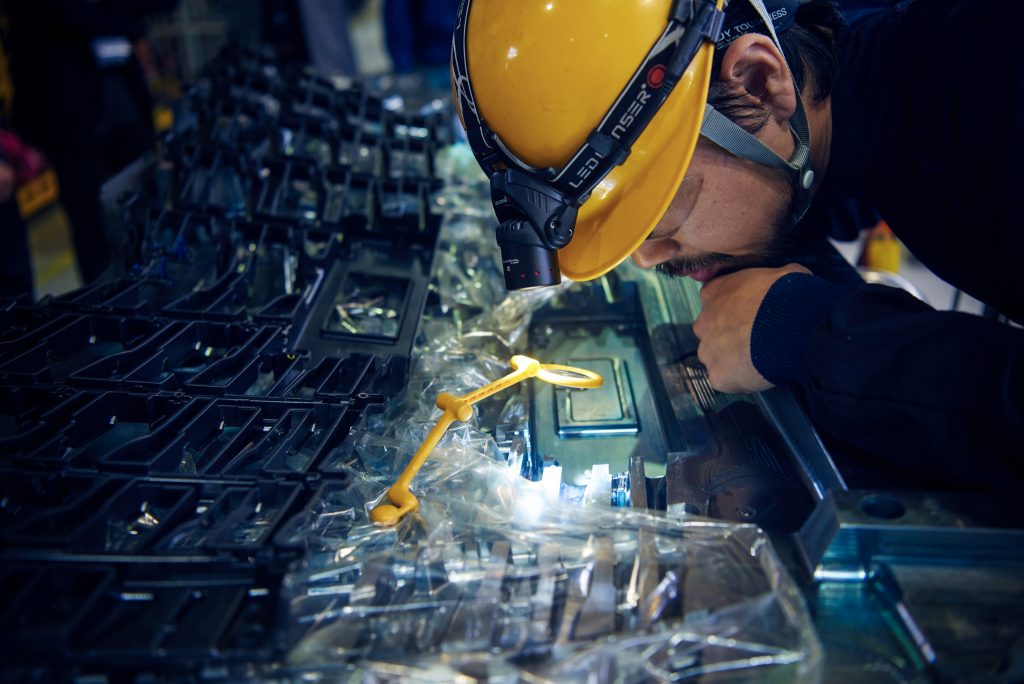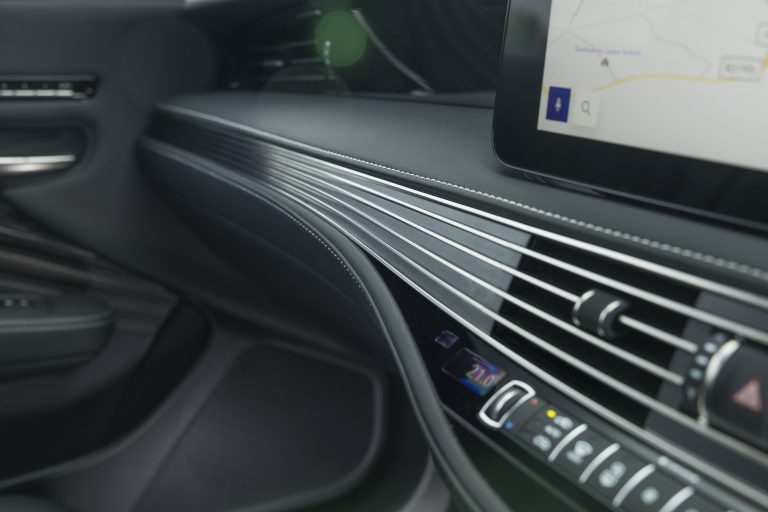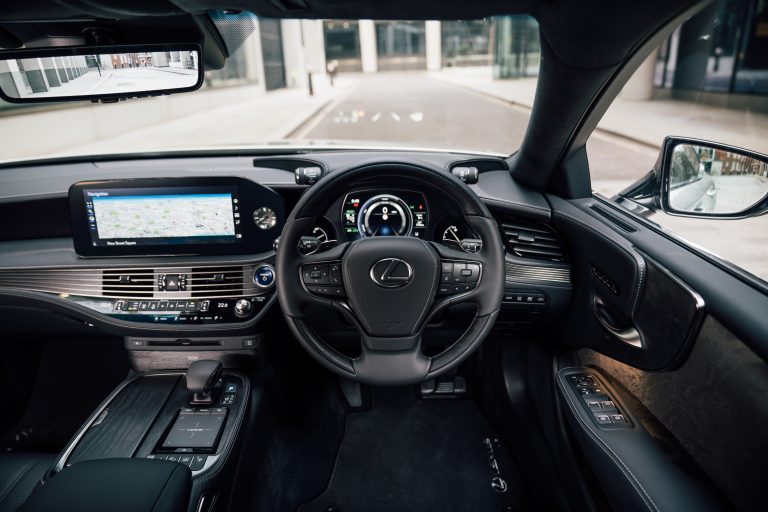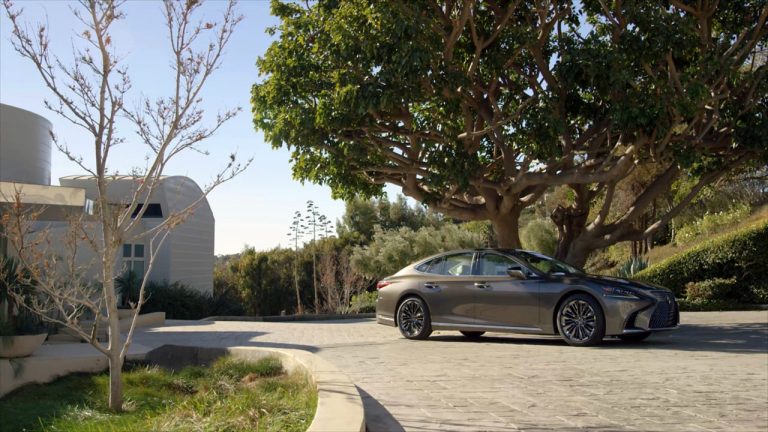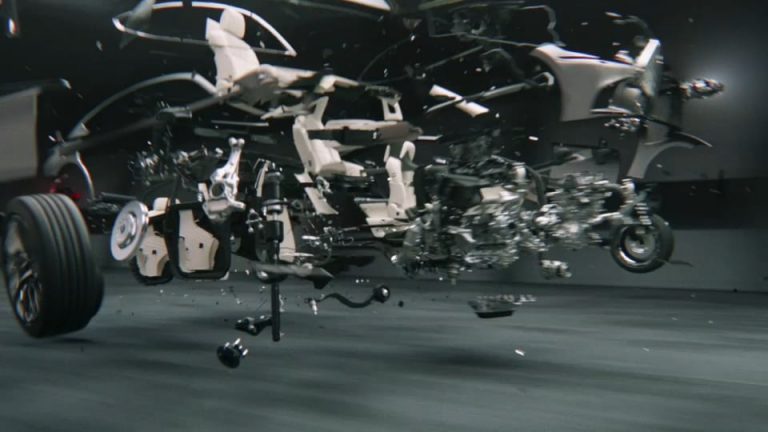Luxury Detailing Defined by Craftsmanship: Creating a New Spindle Grille for the Lexus LS Flagship Saloon
The skills of the celebrated Lexus takumi craftspeople have reached new heights in the creation of the dramatic spindle front grille for the new Lexus LS flagship saloon, a component in which 5,000 individual facets have been hand-adjusted in months of painstaking work to achieve the perfect effect.
In a world of advanced technologies and virtual design, it shows how Lexus still considers the skills of the human hand and eye to be crucial. Even the moulds used to produce the finished grille are perfect to beyond machine-measurable tolerances, thanks to the work of a single takumi and his custom-made set of finishing and polishing tools.
From computer screen to the finished product, it required the close involvement of artisans to ensure the beauty of the designer’s original vision for the grille was captured in all its delicate complexity. The design features a single intricate span of interlocking Lexus L motifs in a web-like arrangement inspired by patterns found in nature. Previous spindle grilles have been formed from separate upper and low moulds, but Lexus designers challenged themselves to create the new, more complex unit using a single element.
A computer modelling programme rendered the pattern with reasonable accuracy, but completion of the precise design required a human eye. A skill modeller worked on the virtual rendering of the design with unprecedented attention to detail, working a typical eight-hour day over a six-month period to individually adjust the curved surfaces of 5,000 motifs.
Where the LS F Sport model was concerned the task was even more demanding, requiring more than 7,000 surfaces to be edited on screen.
Once complete, the human-manipulated computer rendition of the design was passed into the hands of a Takumi craftsperson.
Yasuhiro Nakashima has spent 27 years learning and honing his craft – the filing, shaping and polishing of metal moulds to exact levels. The Takumi have a natural competitiveness and a passion to be the best at what they do, reflected in the set of customised tools Nakashima uses for his work, including hand-made bamboo instruments to shape the finer details.
The uncommonly large, one-piece grille required the finished mould to be structurally sound while also accurately reflecting the finely detailed design. The machines and processes used to create the mould are among the best available anywhere, but achieving a finish of absolute accuracy requires remarkable human skills. Using his customised toolset and experienced eye, Nakashima can refine surface smoothness to within one hundred microns (0,1mm) – a difference even the finest robotic milling technology cannot detect. During the finishing he also anticipates details that technology cannot, hand-polishing the minute individual surfaces in directions that improve the reflective quality of the grille’s final coating. These details might not be noticeable at a casual glance, but are a further indication of the dedication he applies to his craft.
Fabricating a mould to the exactness articulated in the design demanded extra attention from Nakashima that extended the LS’s production stage to five months – a month longer than is usual for a new Lexus. Throughout the process, he collaborated with the design team, each challenging the other, designer and craftsman working together to ensure the best outcome.
Koichi Suga, the LS Chief Designer, complimented Nakashima: “We consistently pushed our partners beyond previous thresholds to help deliver a vehicle that delights the public enough to want to buy it. I know this can be very difficult at times but I also know Nakashima-san shares our vision and worked extremely hard to realise our design”.
Nakashima added: “I want those who see the grille to appreciate the design and to wonder at its creation. I want them to be amazed at first glance.”


